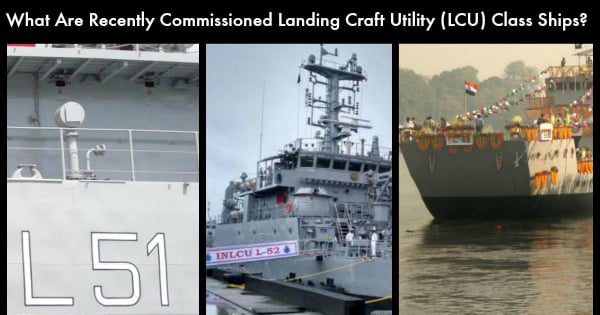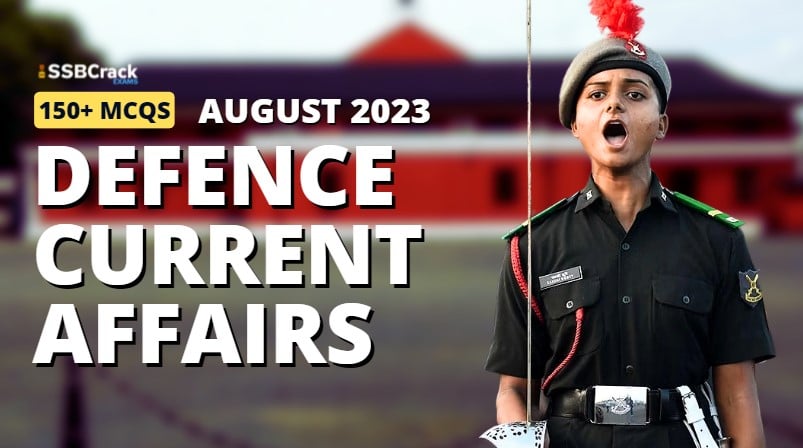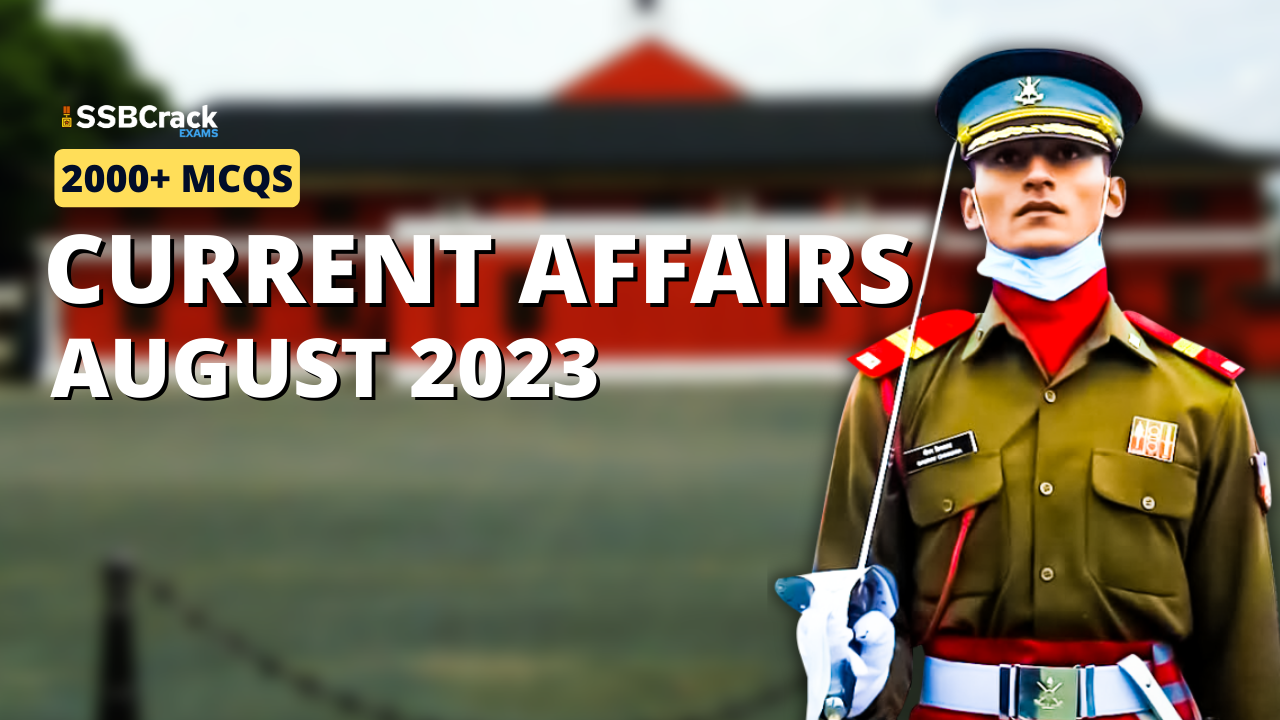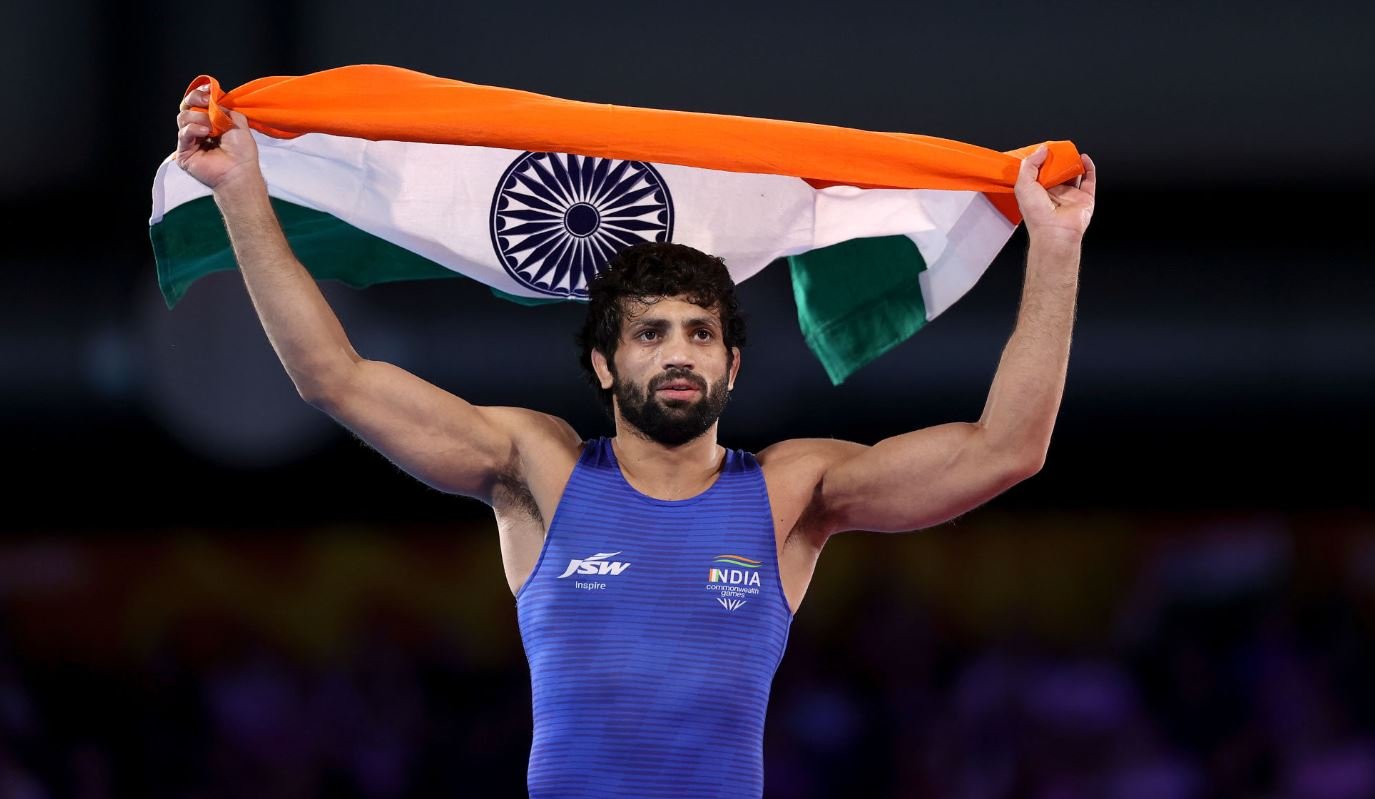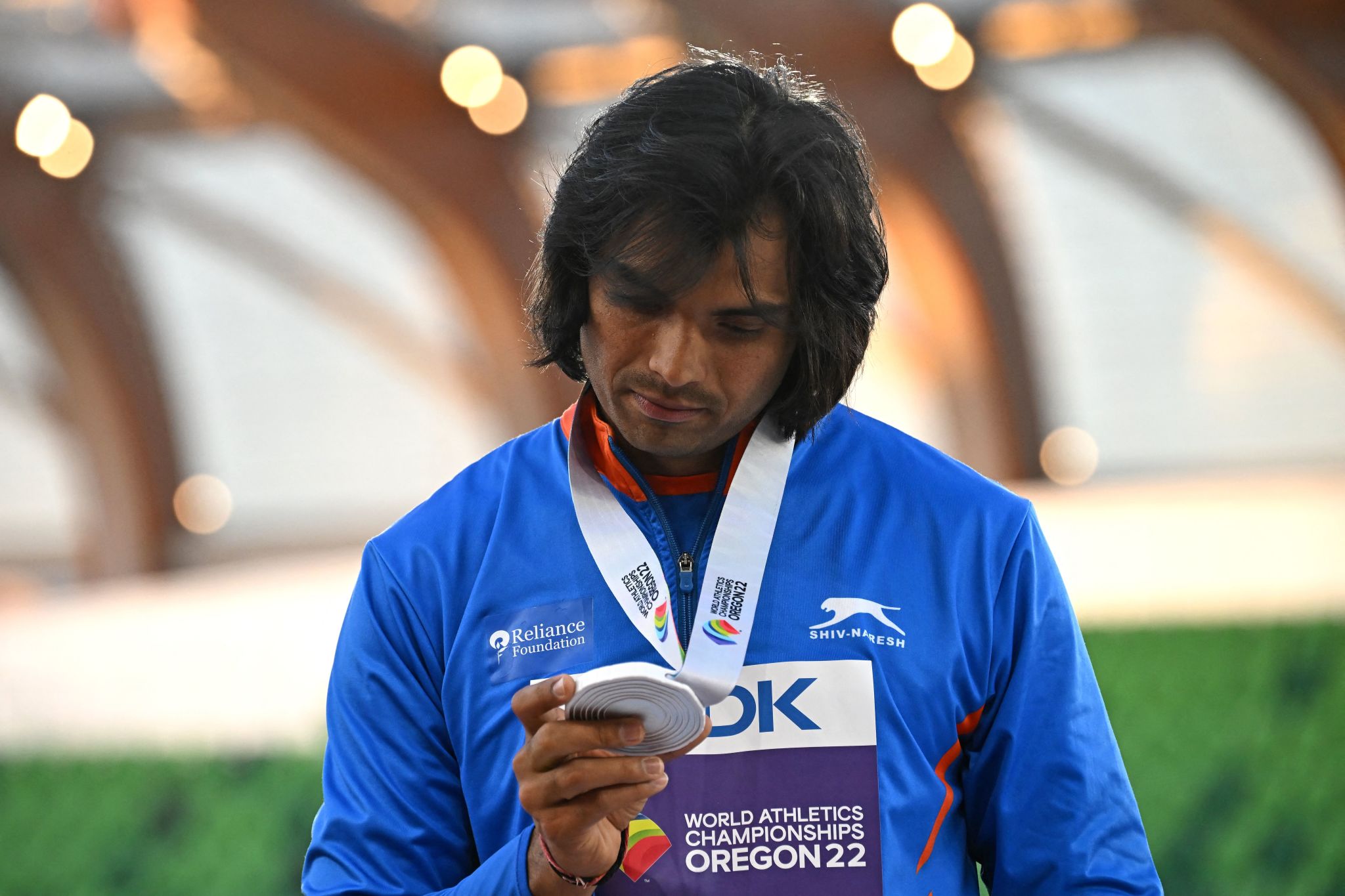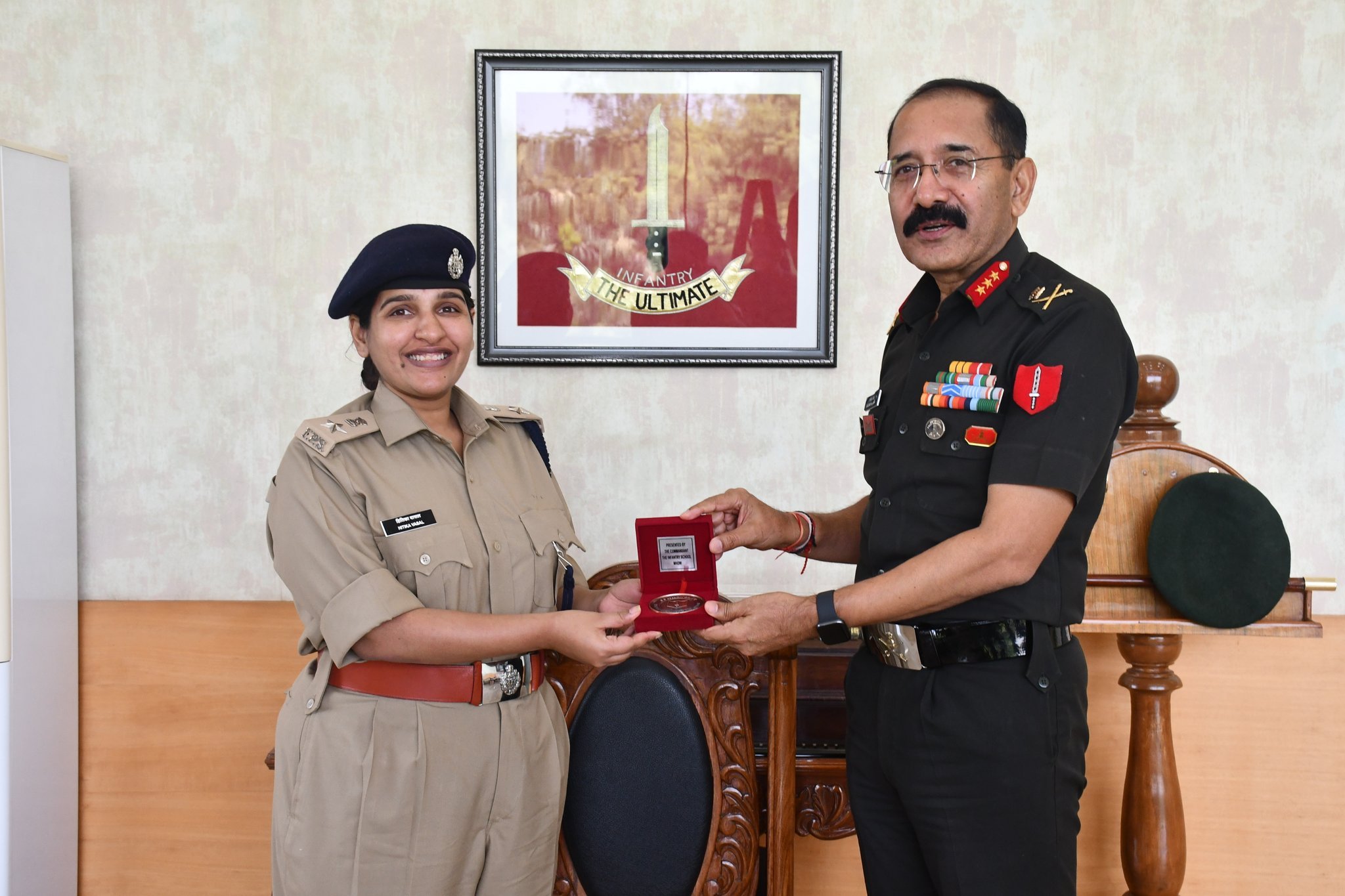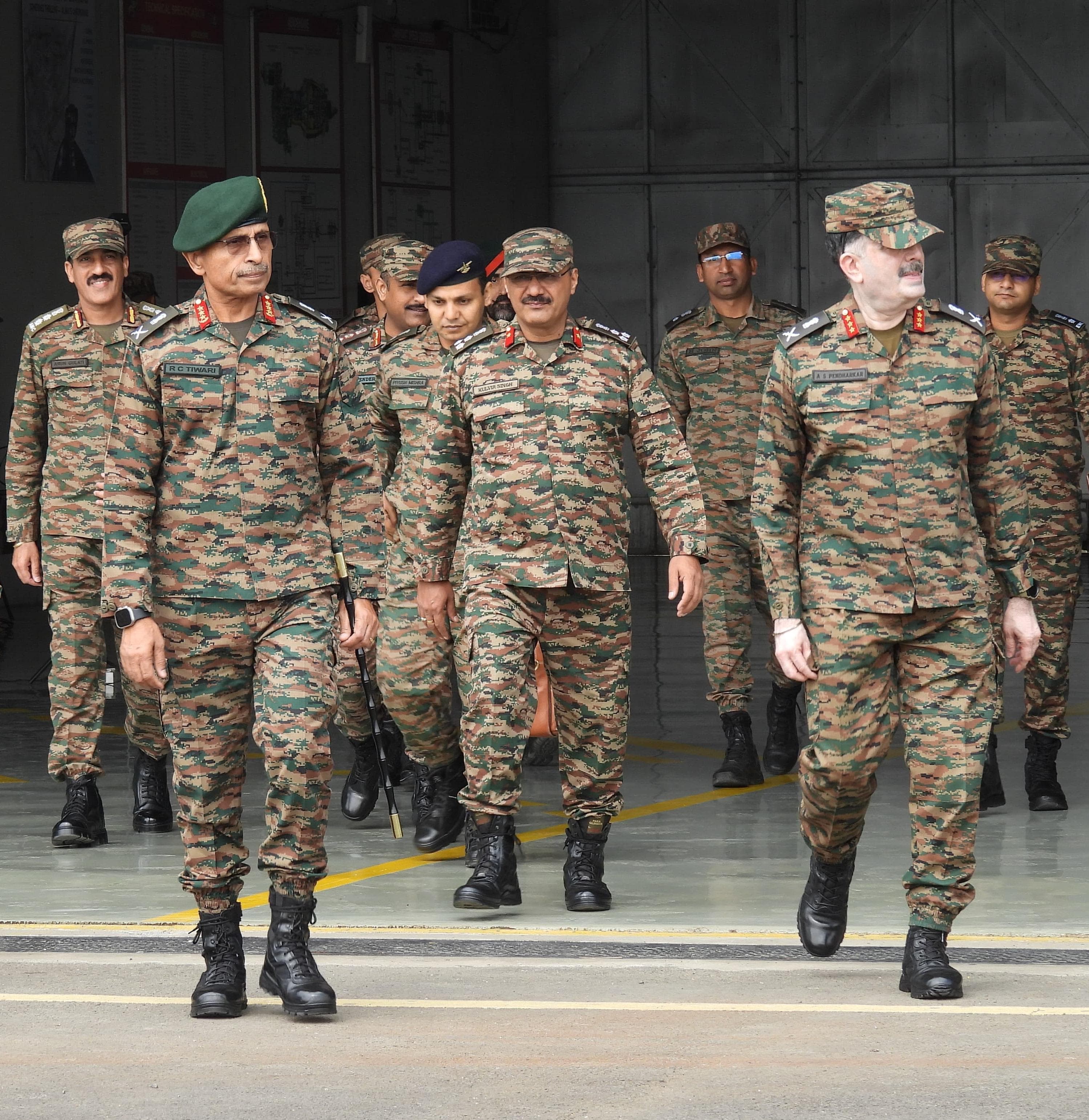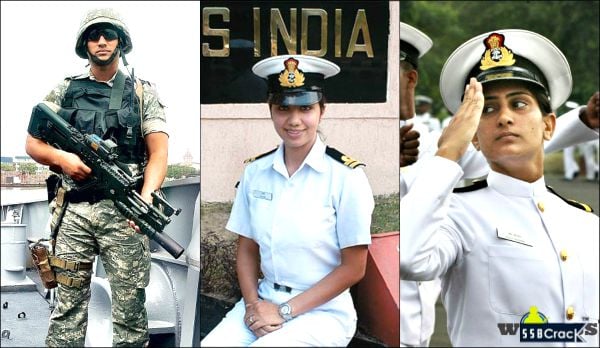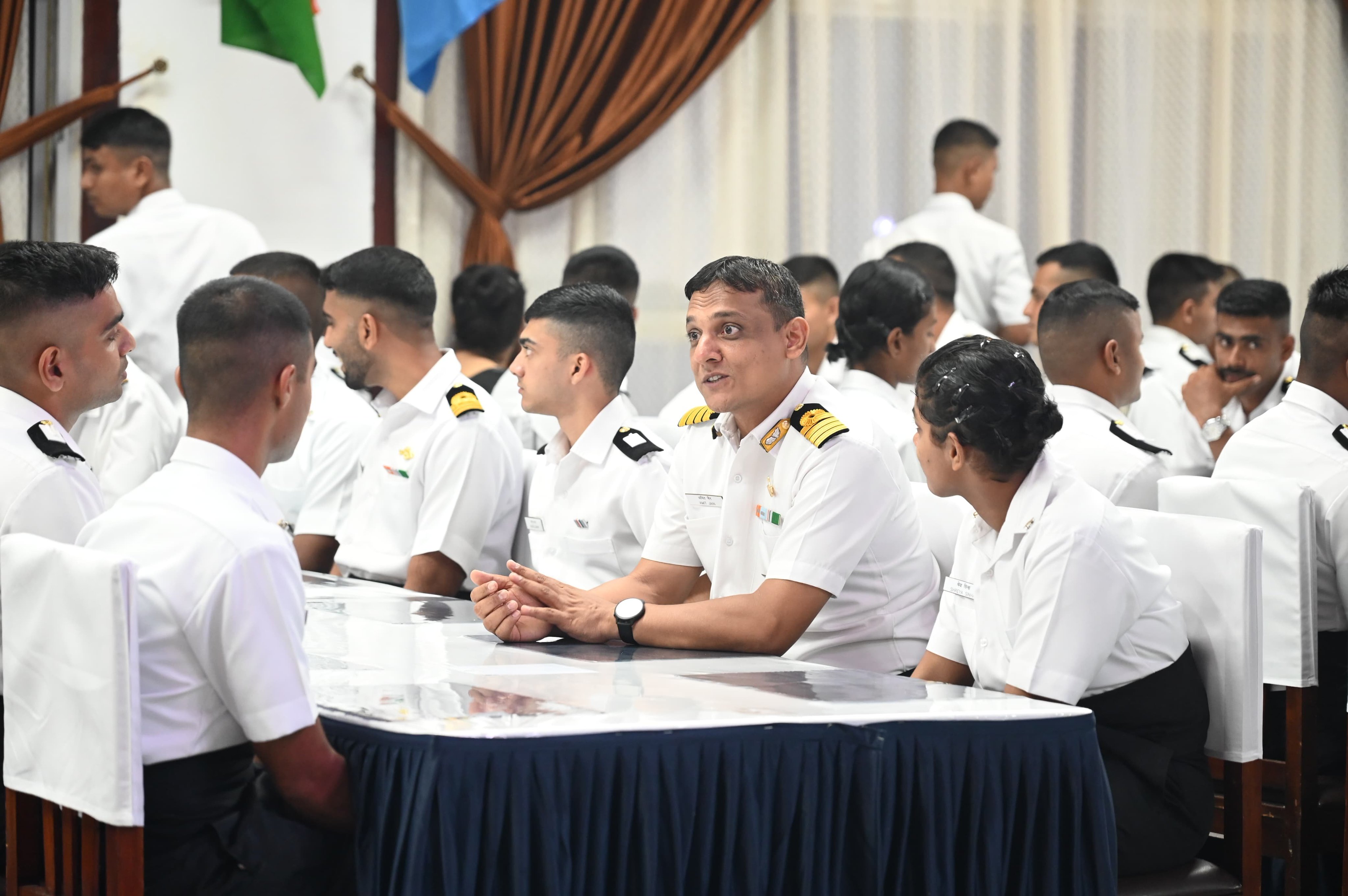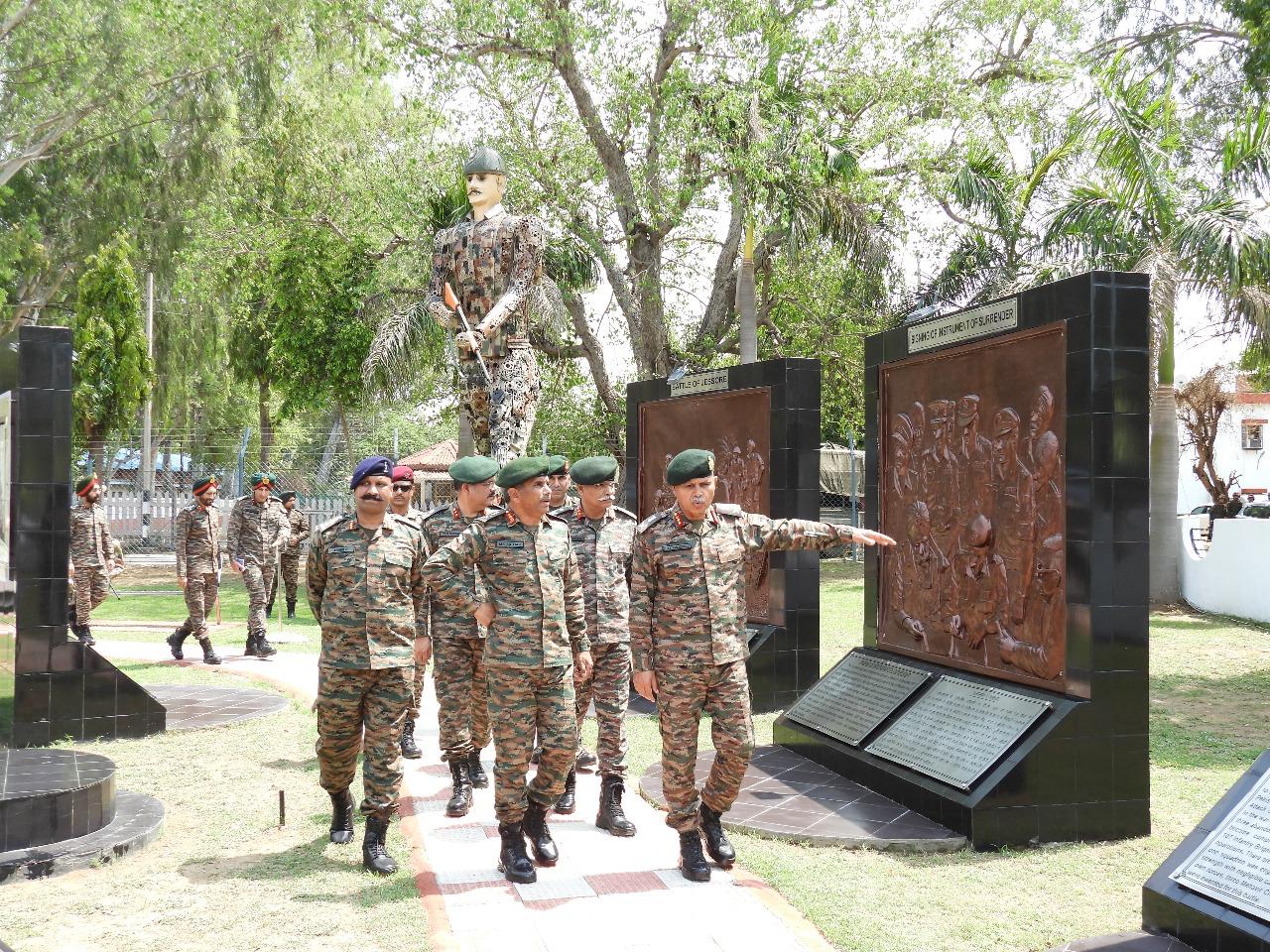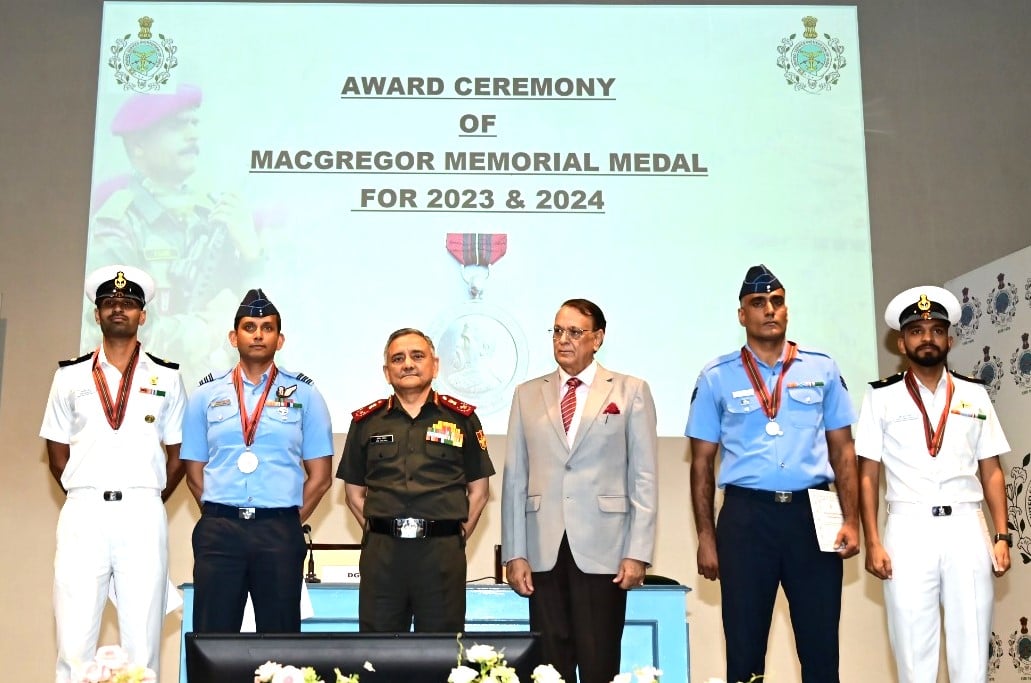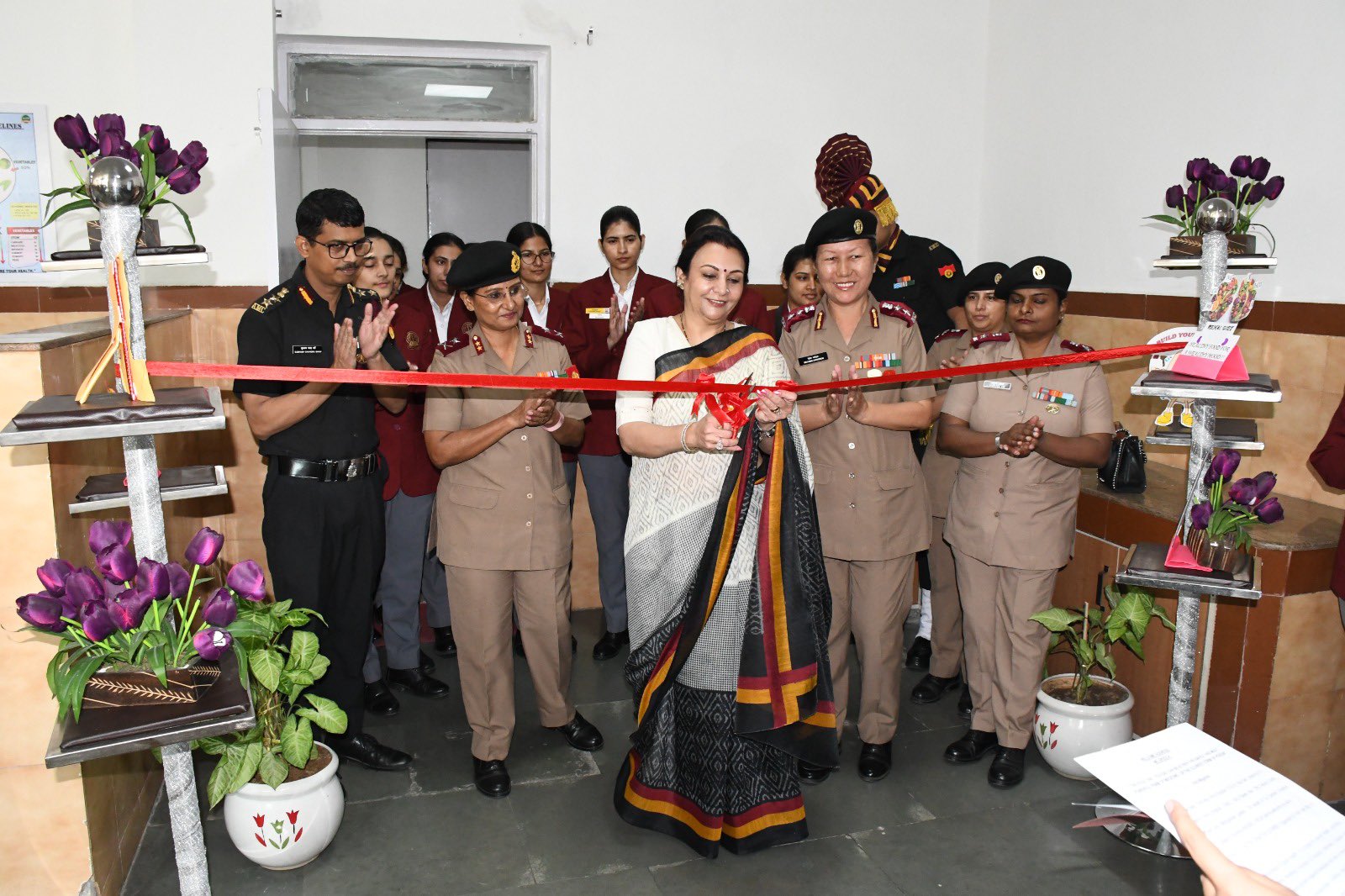The Landing Craft Utility (LCU) ships are used by amphibious forces for transport of equipment and troops to the shore. They are capable of transporting tracked or wheeled vehicles and troops from amphibious assault ships to beachheads or piers.
India is few of such countries which possess this class of ship. France, Germany, Netherlands, Russia, Spain, United Kingdom and the United States are some of the countries who have upper hand over these ships.
LCU With India
India has 2 LCU classes of ships – LCU MkIII and LCU MkIV.
The first Mk III class LCU was commissioned on 18 July 1986. India currently has 4 LCUs of the Mk III class commissioned and 3 LCUs of the Mk IV class.
LCU L51 MkIV
LCU 51 is first of the 8 ships of the LCU Mk IV Class. Conceived and designed indigenously, the commissioning of the ship added a feather to the glorious chapter in the nation’s ‘Make in India’ initiatives & indigenisation efforts in the field of warship design and construction.
It has a displacement of 900 tons and spans 62.8 m in length and 11 m in breadth.
The ship has been built to assist in amphibious operations by carrying out beaching operations and has an endurance of 1500 nm. The ship will also play a key role in carrying out maritime surveillance of Andaman & Nicobar Islands for preventing anti-poaching, illegal fishing, drug trafficking, human trafficking, poaching and other illegal activities. It will also enhance the capabilities of the Andaman and Nicobar Command in Humanitarian Assistance and Disaster Relief (HADR) operations.
The ship is also equipped with Integrated Platform Management System and Integrated Bridge System for automated controls and quick functioning.
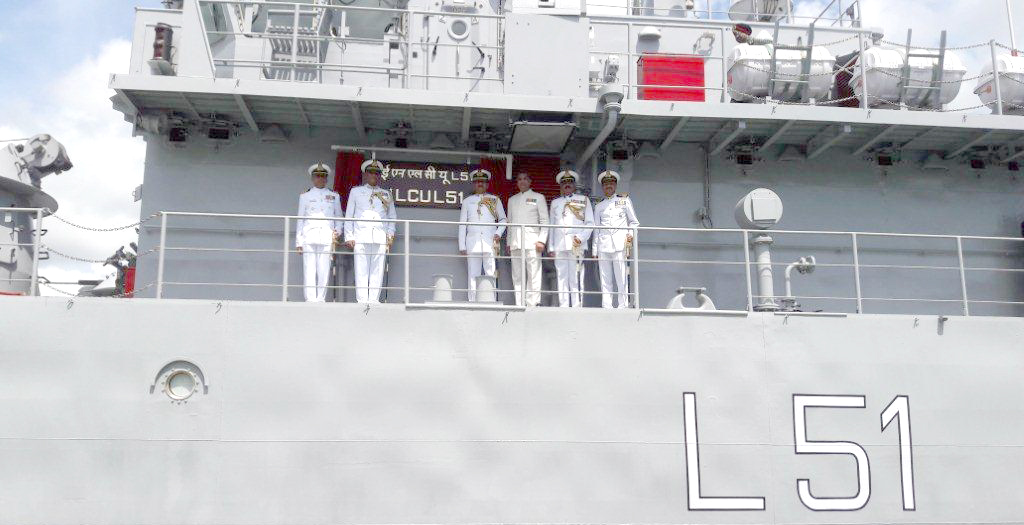
LCU L52 Mk IV
LCU L52 was the second LCU Mk-IV class to be inducted into the Indian Navy in 2017. The commissioning of L-52 was yet another manifestation of the potential of the country’s indigenous design and ship building capability.
LCU MK-IV ship is an amphibious ship with the primary role to transport and deploy Main Battle Tanks, Armoured Vehicles, troops and equipment from ship to shore. These ships would be based in the Andaman and Nicobar Command and can be deployed for multirole activities like beaching operations, search and rescue, disaster relief operations, supply and replenishment and evacuation from distant islands.
The ship, has a complement of 05 officers, 46 sailors and is capable of carrying 160 troops in addition. The ship, displacing 830 Tons, is capable of transporting various kinds of combat equipment such as Main Battle Tanks Arjun, T72 and other vehicles. The ship is fitted with state-of-the-art equipment and advanced systems like Integrated Bridge System (IBS) and Integrated Platform Management System (IPMS).
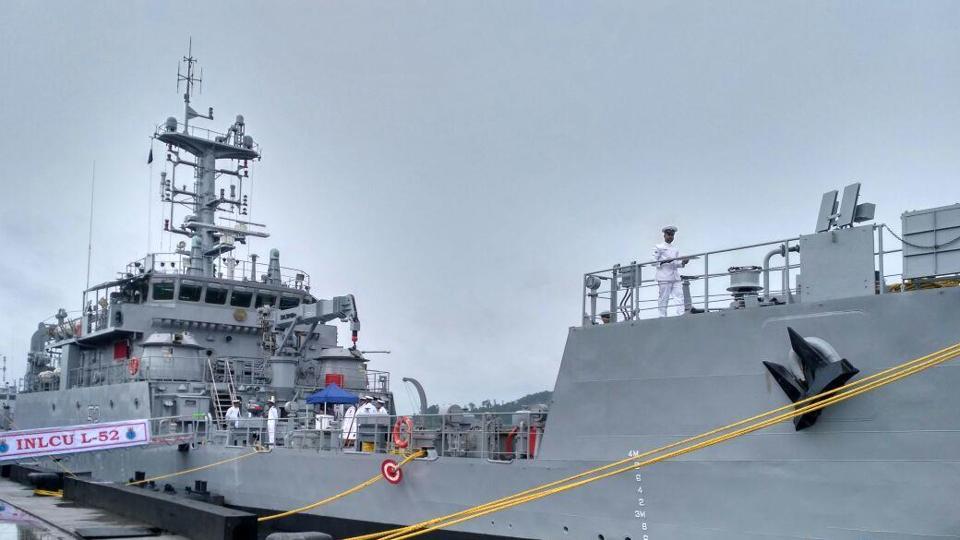
LCU L53 Mk IV
The third ship of the LCU Mk IV project was inducted into the Indian Navy this year (2018). It will complement the functions of LCU L52.
LCU MK-IV ship has a displacement of 830 Tons and is capable of transporting combat equipment such as Main Battle Tanks Arjun, T72 and other Armoured Vehicles. The ship is fitted with state-of-the-art equipment and advanced systems.
The ship, just like L52, has a complement of 05 officers and 45 sailors. Capable of carrying 160 troops in addition, the ships would be based in the Andaman and Nicobar Command bolstering the Command’s capability in undertaking multi role activities such as beaching operations, HADR, search/ rescue, and supply and replenishment of distant islands.
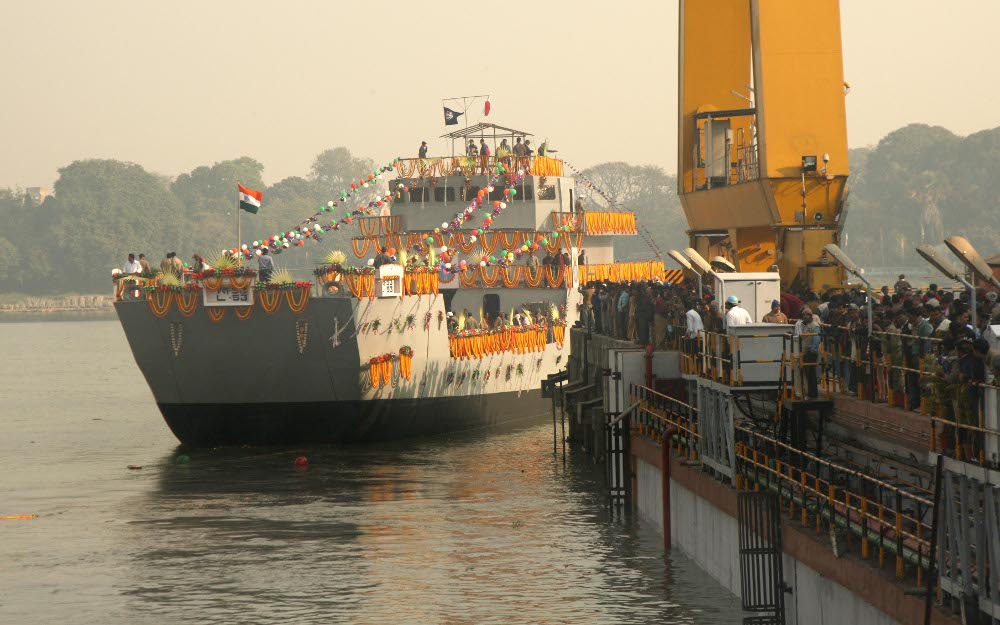
Conclusion
Adding power to Navy’s amphibious capabilities, the remaining five ships of the project are already launched and are in an advanced stage of construction and are scheduled to be inducted into Indian Navy over the next year and half. Commissioning of these ships will contribute to the nation’s maritime security needs and would accomplish India’s quest for self-reliance in shipbuilding.

